Difference Between Denaturing and Native Gels
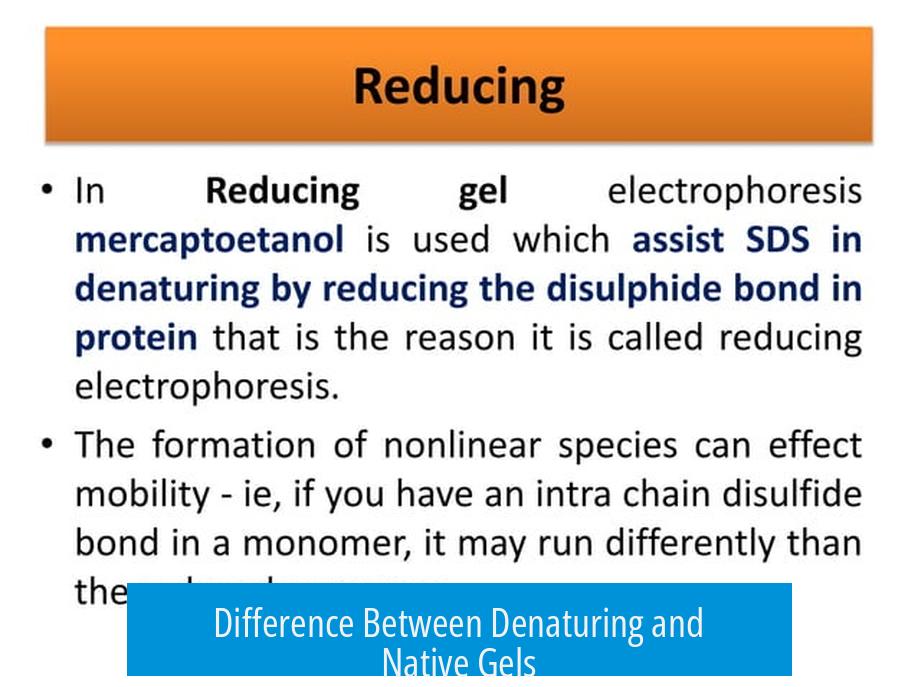
Denaturing gels contain chemicals that disrupt the secondary structure of nucleic acids, allowing their separation based solely on size, while native gels preserve the native conformation and are mainly used for small nucleic acid molecules.
Applications and Suitability

Native polyacrylamide gel electrophoresis (PAGE) is chiefly used for analyzing small nucleic acid fragments. These include primer-sized molecules such as aptamers, ribozymes, siRNAs, and miRNAs. The approach retains their folded structures during analysis.
In contrast, larger nucleic acids like PCR amplicons require denaturing conditions or non-denaturing agarose gels. Agarose gels have larger pore sizes, which better accommodate bigger DNA fragments. Denaturing gels are particularly important when precise size determination is needed for such products.

Gel Composition and Sample Preparation
Native gel samples lack denaturing agents. Loading buffers include substances like 50% glycerol to ensure samples sink into wells but exclude chemicals that unfold nucleic acids. They generally contain dyes and buffers without harsh chemicals.
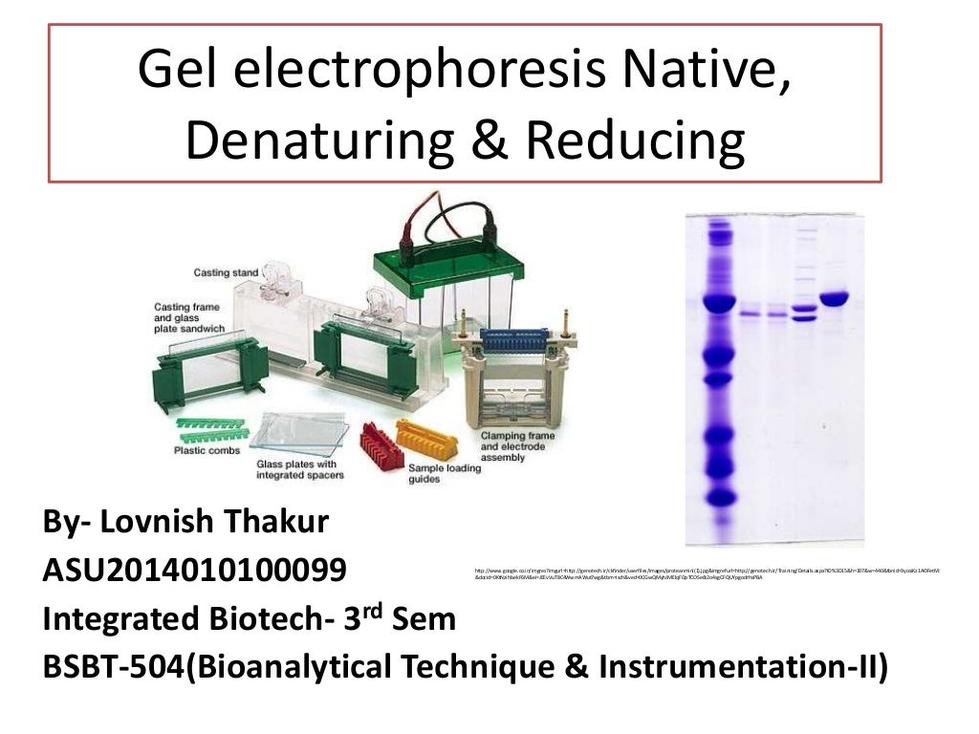
Denaturing gels contain agents such as urea or formamide. These disrupt hydrogen bonds, unfolding secondary structures in DNA or RNA. This produces linearized nucleic acid strands which migrate according to length rather than shape or conformation.
Impact on Analysis
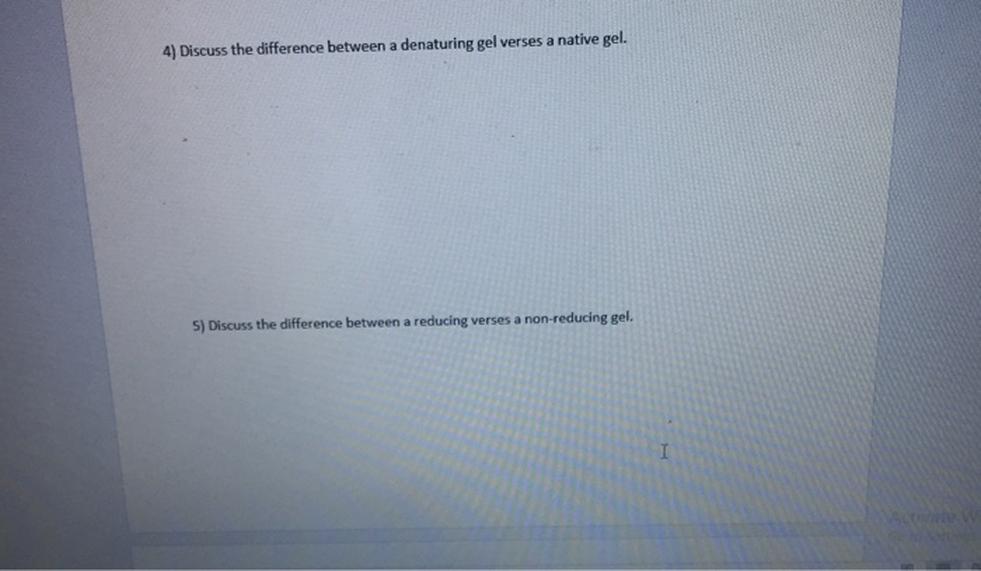
- Native gels maintain the nucleic acids’ three-dimensional structure, enabling study of their native forms and interactions.
- Denaturing gels eliminate structural differences by unfolding molecules, providing accurate size-based separation.
Summary Table
| Aspect | Native Gels | Denaturing Gels |
|---|---|---|
| Purpose | Analyze small nucleic acids preserving structure | Analyze nucleic acids based on size alone |
| Sample Buffer Composition | No denaturants; includes glycerol and dyes | Contains denaturing agents like urea |
| Gel Matrix | Polyacrylamide or agarose (non-denaturing) | Polyacrylamide with chemicals to disrupt structure |
| Suitability | Small molecules (e.g., aptamers, siRNAs) | Larger fragments (e.g., PCR products) |
| Molecular State | Native conformation retained | Denatured linear strands |
Key Takeaways
- Native gels maintain nucleic acid structure; denaturing gels unfold molecules.
- Native PAGE suits small nucleic acids; denaturing gels work best for larger fragments.
- Loading buffers for native gels lack denaturants and use glycerol to assist sample loading.
- Denaturing gels use chemicals like urea to disrupt secondary structures, ensuring size-based separation.
Difference between Denaturing and Native Gels: Breaking It Down Without Breaking the Molecules
Ever wondered why scientists stress so much about gels when analyzing nucleic acids? Well, two main types exist: denaturing gels and native gels. Each has a unique charm and a special role in the lab, but they serve very different purposes. So, what’s the big deal? What sets them apart? Let’s unravel this, step by step, without driving you into a molecular frenzy.
Simply put: Native gels preserve nucleic acid structures as they naturally exist, while denaturing gels deliberately unfold these molecules to separate them solely based on size. Sounds straightforward, but the implications are huge, especially when you’re handling tiny aptamers or larger PCR amplicons.
Why Native Gels Rock for Small Nucleic Acids (and Where They Flop)
If you’re working with miniature nucleic acid species—think aptamers, ribozymes, siRNAs, and miRNAs—native polyacrylamide gel electrophoresis (PAGE) is your BFF. Why? Because it preserves the natural folding and secondary structures of these molecules. This preservation is crucial as their function and interaction often depend on their 3D shape.
“Native PAGE is normally only useful for analysing primer-sized stuff like aptamers, ribozymes, siRNAs, and miRNAs.”
Picture yourself examining aptamers in their natural habitat, instead of seeing them stripped down and unfolded. That’s the beauty here: maintaining the native conformation means you get a more biologically relevant readout.
But hold on—don’t get too comfy. When it comes to larger nucleic acids, like PCR products or big DNA fragments, native gels throw a tantrum. Their pores can be too tight, and the native form too bulky. Instead, non-denaturing agarose gels step in for the rescue, providing appropriately sized pores that let bigger molecules glide through smoothly.
“For PCR products, you’d want to use a (non-denaturing) agarose gel; its pore size is much better suited for that application.”
So, big PCR products are more at home in agarose gels, even under non-denaturing conditions, while tiny sequences thrive in native PAGE.
What’s Inside Your Sample Tube? Composition and Preparation Tips
Native gels keep it simple. If you peek into the loading solution used for native PAGE, you won’t find chaotic denaturing chemicals. Instead, there’s usually a hefty dose of glycerol—around 50%—mixed with dyes and buffer. Why glycerol? It acts like an anchor, making sure your DNA or RNA doesn’t float away when you drop it into the gel wells.
“For native gels, you basically just want to ensure that your DNA sinks and doesn’t float away from the well. 50% glycerol is fine, and you can add whatever dyes and buffer you’d like. There is no denaturing component in the loading solution you mention.”
Compare this to denaturing gels, where the loading buffer is more like a molecular wrecking ball, containing substances such as urea or formamide. These compounds tear down the secondary and tertiary structures, leaving behind linearized nucleic acids. But we’ll get back to that in a bit.
Denaturing Gels: The Molecular Unfolders
Denaturing gels pack a punch with chemicals that disrupt the native structures of nucleic acids. The goal? To unfold those tricky hairpins, loops, and knots, so the molecules run purely according to size and not shape. This is key for accurate sizing, particularly when you want to study products like PCR amplicons.
Imagine trying to compare pieces of yarn tangled differently. Denaturing gels straighten out the tangles so you get a fair, size-based race between your DNA fragments.
Although the sample prep details for denaturing gels weren’t fully detailed here, we know that they contrast sharply with native gels by including denaturing agents in their buffers. These agents strip your nucleic acids down to their linear forms.
“There is no denaturing component in the loading solution you mention.” (Implying that denaturing gels do contain these components.)
This unfolding allows larger nucleic acids to migrate consistently, avoiding the confusing slowdowns caused by their folded conformations.
Summing Up: When to Use Which Gel?
| Aspect | Native Gels | Denaturing Gels |
|---|---|---|
| Purpose | Maintain natural structure of nucleic acids | Unfold nucleic acids for size-based separation |
| Ideal for | Small nucleic acids (aptamers, ribozymes, siRNAs, miRNAs) | Larger nucleic acids, precise sizing of PCR products |
| Sample Preparation | Loading buffers with glycerol, no denaturing agents | Loading buffers with urea, formamide, or similar |
| Gel Composition | Non-denaturing polyacrylamide or agarose | Contains denaturing agents (e.g., urea) |
Practical Tips for the Lab Rats Out There
- If you want to analyze tiny nucleic acid species without messing with their folding, native PAGE is your go-to.
- For bigger PCR products, skip native polyacrylamide. Instead, opt for agarose gels that handle dimensions better.
- Don’t forget the glycerol in native gel prep. It’s a simple but critical detail to keep DNA where it belongs during loading.
- When accurate size estimation matters most and structure is a nuisance, denaturing gels save the day.
Ever Heard of Gel-Phobia?
Handling gels can sometimes feel like decoding an ancient script. But remember: denaturing vs. native gels boil down to one key question—do you want your nucleic acids to keep their secrets or to lay everything bare? Knowing when to preserve and when to unfold is half the battle.
Choosing the right kind of gel can drastically affect your experiment’s clarity. And if you’re ever in doubt, ask: which aspect of my molecule matters more? Its shape? Or its exact length? The answer guides your gel choice like a trusty compass.
Final Word: Not All Gels Are Created Equal
In molecular biology, the subtle differences between denaturing and native gels can feel like sorting apples and oranges. Both have their role, both are powerful, and both depend on the question you ask of your nucleic acids. Their difference lies in whether you want to see your molecules in their natural splendor or analyze them in their barest, linear form.
So next time you’re gearing up for your gel electrophoresis run, remember these distinctions. The right gel can turn a confusing smear into clear, interpretable bands—almost like molecular magic. Happy gel casting!



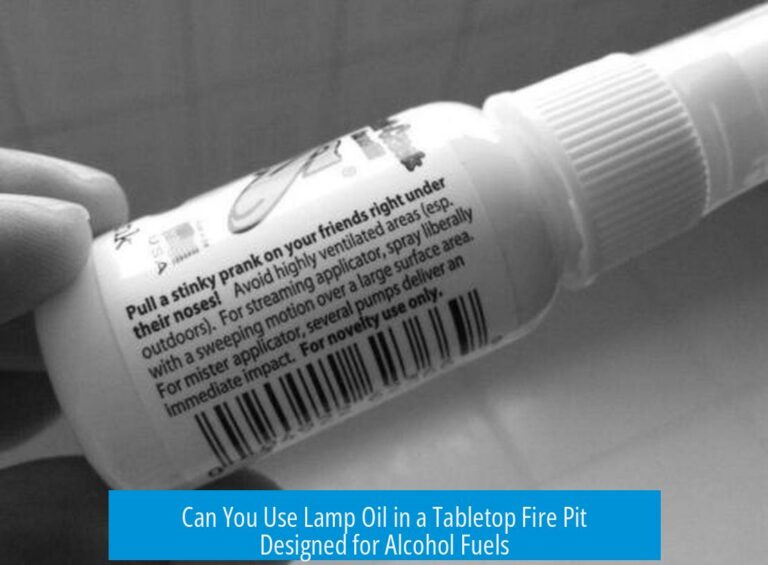
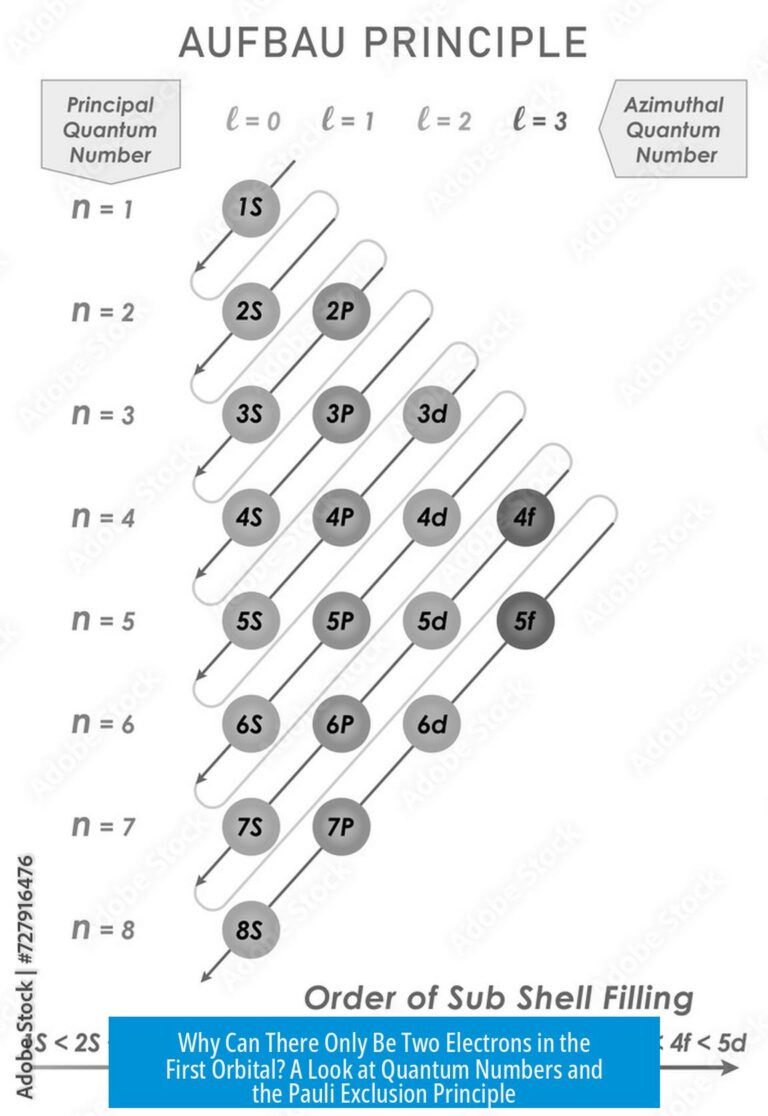
Leave a Comment